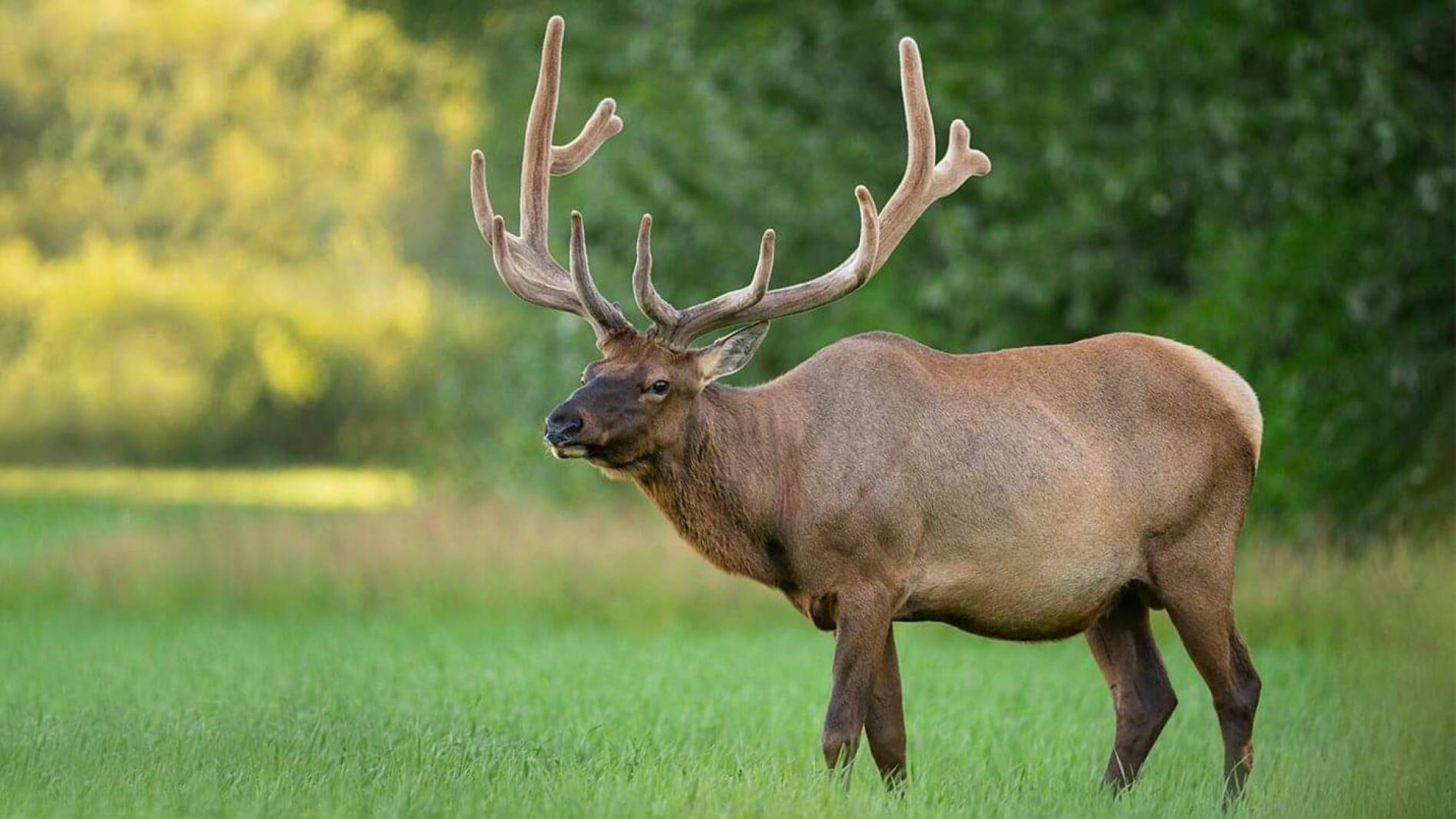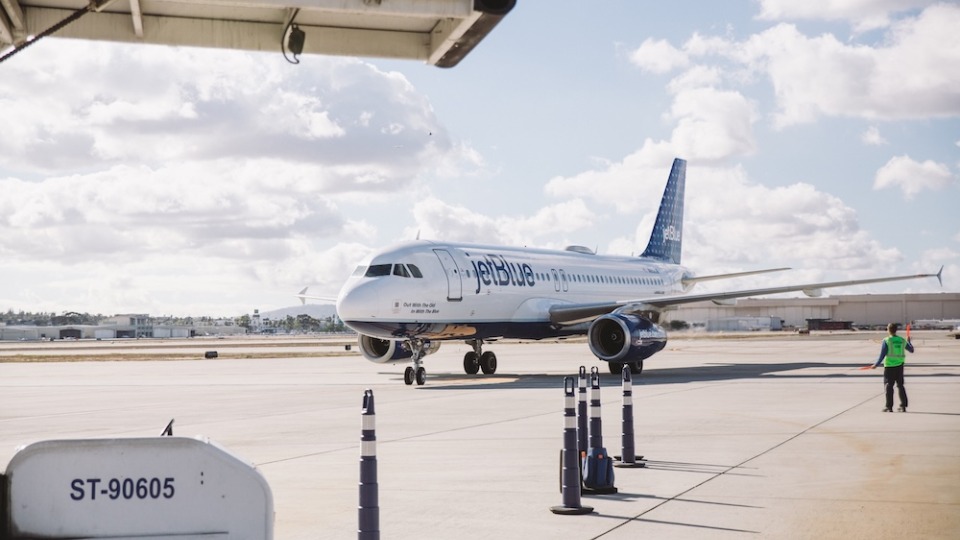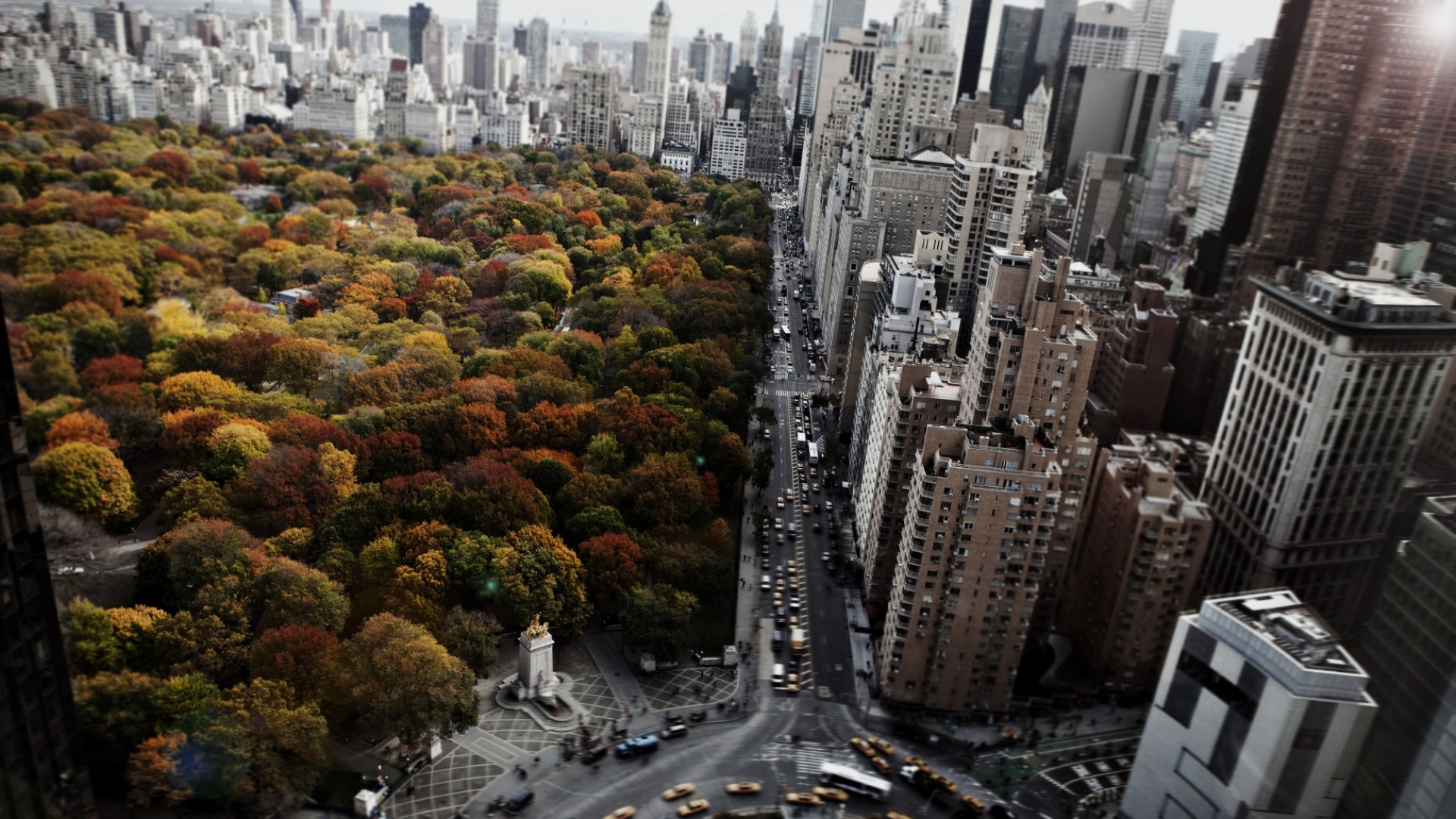
Cautionary Alert: Current Need for Heightened Vigilance around Elk in Yellowstone National Park

The calving season for elks has started, which could lead to an increase in aggression.
Yellowstone National Park's National Park Service warns visitors to be extra cautious as the calving season for elk has started and animals could become more aggressive.
This warning is issued as female elk, also known as cows (and weighing up to 500 pounds), have begun to give birth to their calves. The season usually lasts between May and late June. The park warns travelers to keep at least 25 yards from elk.
The NPS warned that attacks could be "unprovoked" and "unpredictable."
"Cow elk are much more aggressive towards people during the calving season and may run towards you or kick," the NPS wrote in its warning. "Stay alert. Look around corners before exiting buildings or walking around blind spots: cow elk may bed their calves near buildings and under cars."
The NPS advised that if an elk runs toward park visitors, they should seek shelter as soon as possible in their car or "behind tall, sturdy barriers."
According to the park, Yellowstone National Park has between 10,000 and 20,000 elk spread across six or seven herds. They are usually found in Cascade Meadows and Madison Canyon during the summer.
Yellowstone National Park has a variety of wildlife, including bison, moose and 67 other species. These include black bears (grizzly), mountain lions (mountain lions), grizzly, grizzly, wolverines, and dozens more.
According to the NPS park goers should keep a safe distance away from animals. For example, they are asked to stay at least 100 yards from bears and other wolves, and at least 25 feet away from any other animal. Visitors are also told not to feed any animals, as "animals that become dependent on human food may become aggressive toward people and have to be killed."
Yellowstone is best visited in the summer to enjoy its abundant wildlife. Elk, moose and bison are especially common.
Source: travelandleisure.com








